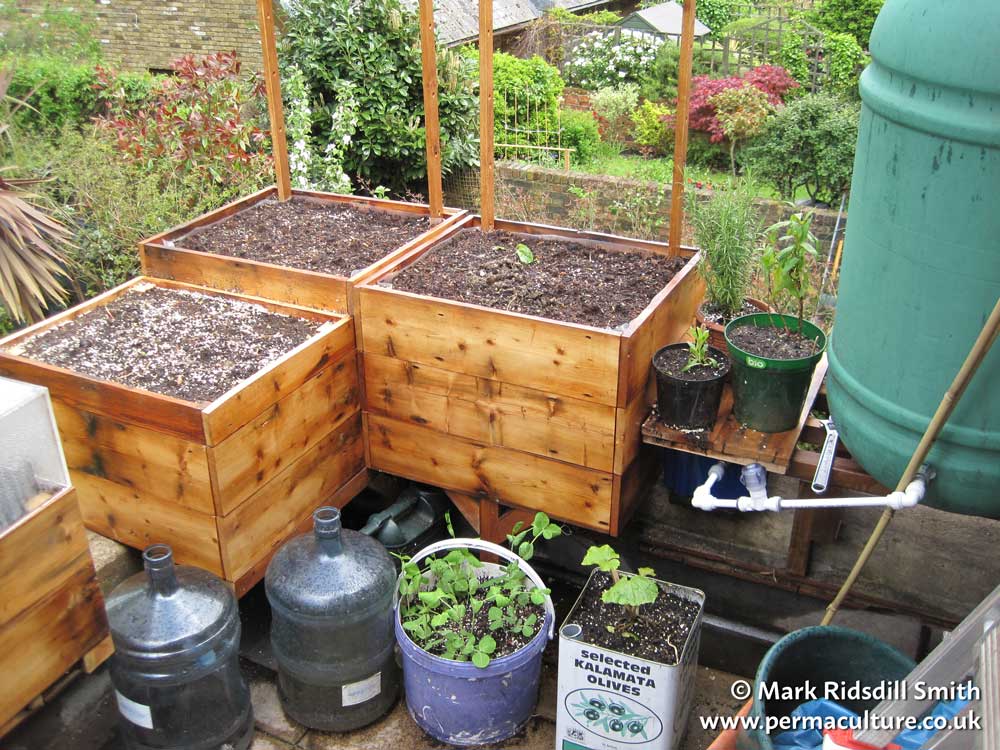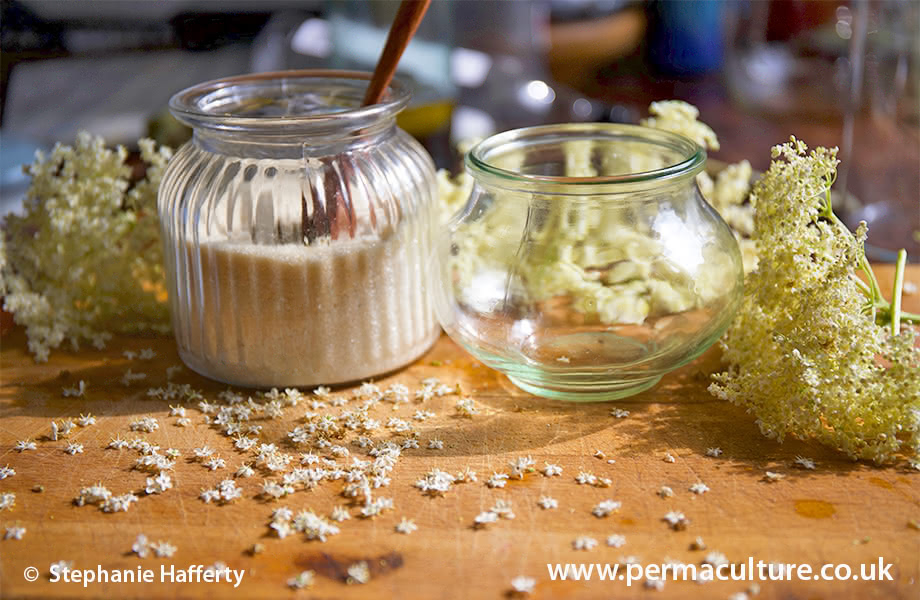Samhain is the Cross Quarter Festival of autumn’s end and the beginning of winter. Increasing darkness and cold means we must accept that winter is fast approaching and we must adjust to this changing season. Leaves have fallen off the trees, birds have migrated, animals have gone into hibernation, and frosts have come. It is a time of death and decay, death of the old, and within this, knowledge of rebirth. It is a time of forced adjustments that, once accepted, reveal a new set of possibilities, a new phase, a new power to life. It is the right time to connect to root energy and for internalising the creative life force. Like its counterpart Beltain, Samhain brings a mystical energy that we can use to explore and understand ourselves better.
This is the dark phase of the year’s cycle when the mystery of transformation occurs. This process involves a descent and a death of something old in preparation for something new to be reborn. The descent into the Underworld or Otherworld can be understood as a journey into the unconscious and the spirit realms within each of us. Here we can find renewal through meditation, trance, rest, sleep, and by sacrificing our outer selves for a while. The seeds of our ideas and future direction in life are incubated in our unconscious during the winter months, ready for rebirth in the spring. We can honour the cycle by being aware that each end and death of the old will bring opportunity for a new start, as each beginning holds within it an end. This endless cycle of change is necessary, bringing renewal of cells, of our understanding, our ideas and ourselves. It means there are always new opportunities to start again, to stay healthy. Many illnesses are rooted in stuck energy patterns, emotional congestion and hanging on to the past.
We have been taught to fear our inner world and to mistrust the information we may receive through our intuition, and our connection to our own inherent inner wisdom. Many of our actions come from our subconscious thinking and belief patterns. We may not always be aware of the subtle conditioned responses that may silently rule our lives. We can use the energy of the dark time of the year to explore these inner parts of ourselves, to face our fear of the dark mysteries and magic and our deep unwanted feelings that we may have buried deep inside ourselves. We need to turn and face our fears with courage and determination and find the potential hidden within them. From this courageous journey will come transformation, a balanced perspective and rebirth in the age-old tradition of Samhain.
Use this time for inner exploration, astral travel, deep meditation, contacting your deepest wisdom. Slip beyond the rational and the logical. Explore the wild edges of yourself, beyond the seen and the known and the safe. Fear is one of our greatest teachers. Turn and look at what you fear and where the roots of this may lie. By being open to your intuition and wise-self, new insights and realisations may be revealed. Use this time of rest to seek out the old patterns of thought or behaviour that are not serving you well. Once revealed you can choose to think and live in a different way.
Review and assimilate what you have learned in the active phase of the year’s cycle. Out of a difficult situation comes power, hope, clarity, rebirth, inner strength, wisdom and maturity. Use this time for learning, for collecting, sorting and memorising information, so that when the time for action comes, you will have assimilated new knowledge that can be used when needed. Nurture new visions, dreams, ideas and direction. Let them incubate in the dark winter months ready for when the active phase begins again.
Yew – Taxus baccata
Yew is the last tree of the Celtic Tree Ogham: IDHADH or IDHO. I. Like Samhain, it represents the end of one cycle and the beginning of a new one. All races of the Northern Hemisphere have a deep respect for this remarkable tree that survived from the Ice Age. A new system of dating now suggests that some of the old English yews are thousands of years old due to their ability to grow a new trunk from the decaying mass of the old trunk, keeping their original root bole. The yew is associated with immortality, renewal, regeneration, everlasting life, rebirth, transformation and access to the Otherworld and the ancestors. Known as the death tree, the whole tree is poisonous, apart from the fleshy part of the fruit. Sacred to Hecate and the Crone aspect of the Triple Goddess, the wood was prized for sacred carving and votive offerings. If you carve this beautiful wood, be aware that the dust produced by sanding, is poisonous. Spending time with the yew will help overcome fear of endings. We may fear death, or the death of our old selves or an old way of life, but each death can be seen as a new beginning, as hope for the future, and transformation. Sometimes one thing needs to end before something new can begin.
Dandelion Root – Taraxacum officinale
Dig up the roots from November to March. If you wish to dry and store them, wash them and scrub gently, but do not leave to soak. Chop them up and leave them to dry in brown paper bags in a warm airy place until brittle. Store them in a dark jar. Take a tablespoon of the chopped root and leave overnight in a glass of cold water. Put in a saucepan (not aluminium) with more water, bring to the boil and simmer for ten minutes. When cool, pour the unstrained liquid into a jug and store covered in the fridge. Drink one wineglassful three times a day. This is a prime lymph tonic, removing poisons from the system and cleansing the blood. Use for any disturbances of the liver. It is a useful herb for emotional stagnation, turning depression into expression and self-empowerment.
(Similarly with the leaves.)
Mugwort – Artemisia vulgaris
This is often to be found growing on waste grounds, besides footpaths and along roadsides and was one of the nine sacred herbs of ancient times. It is a powerful blood cleanser and general tonic that stimulates the action of the liver. It is an antiseptic, relaxant and astringent. Taken hot, it will bring on a delayed period, and help with painful periods. Mugwort has a long history of magical and ritual uses, enhancing clairvoyance, astral travel and dream work. It can be burnt as an incense or drunk as a herb tea.
These are some suggestions for celebrating Samhain.
Samhain embraces the power of the dark and is celebrated as part of the Dark Moon cycle. You may wish to be inside for some of the time, lighting the fire at a beginning or the end of the celebration. Get the fire ready to light beforehand and cover with a piece of plastic if it looks like rain. Have plenty of dry kindling ready to add at the last minute.
Make a shrine to celebrate Samhain. Hang up black, brown and purple cloths and ribbons. Gather sprays of dried grasses, herbs, twigs, baskets of apples, haws, rose hips, sloes. Ask everyone who is coming to celebrate to bring something for the shrine that is powerful to them and reflects the energy of Samhain, including photos of loved ones who have died. Light the shrine well with candles; candle lanterns or night lights in jam jars. If you are celebrating on your own, the creation of this sacred shrine on a shelf, table or window ledge is a powerful connection to your Samhain celebration.
More on Samhain, its history, meaning and how you can celebrate it, plus the remaining seven Celtic festivals, can be found in Glennie Kindred’s Sacred Earth Celebrations, of which this article is an extract.
Glennie Kindred is the author of twelve books on Earth wisdom, native plants and trees and celebrating the Earth’s cycles, and is a highly respected teacher and much loved expert on natural lore and Earth traditions.











